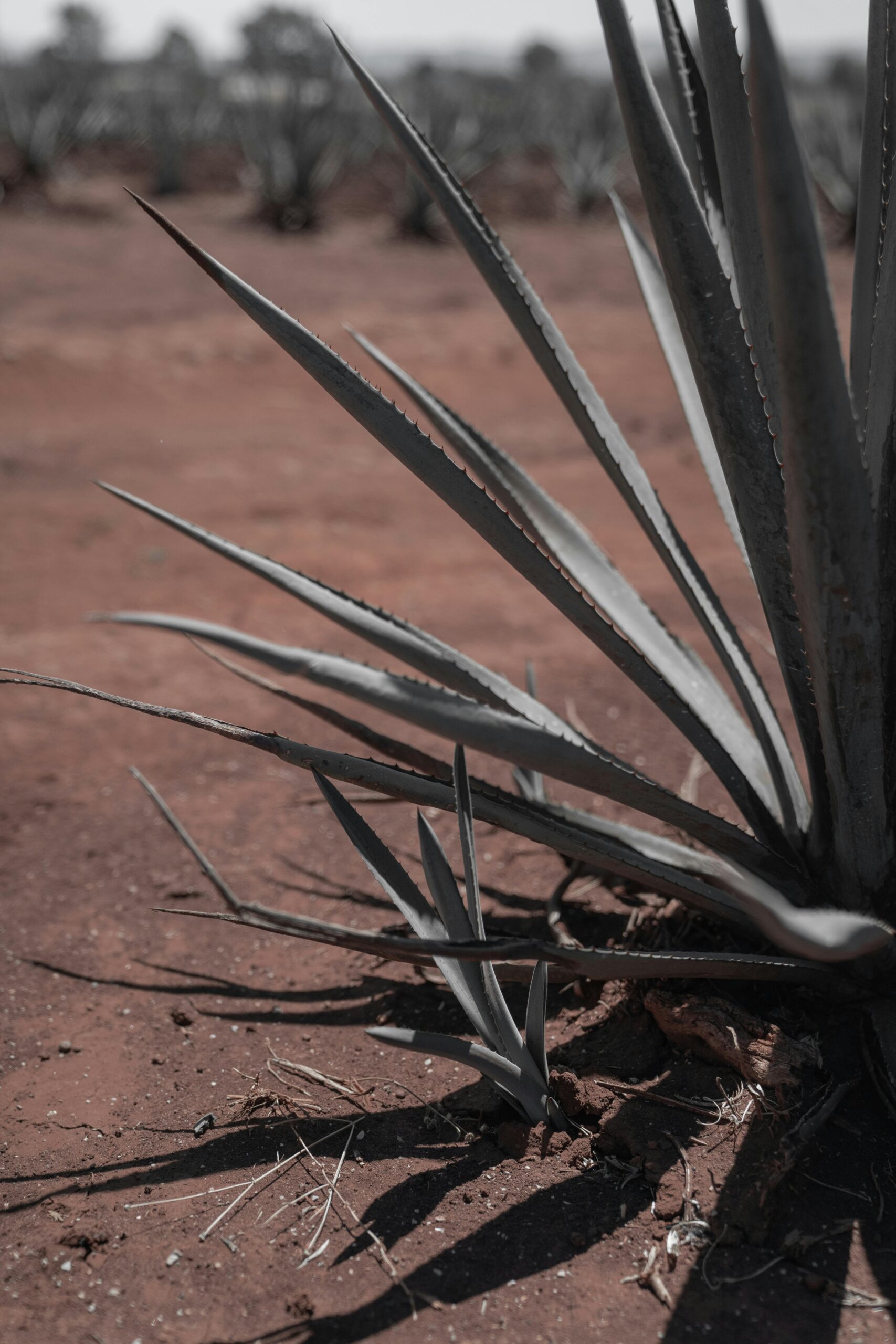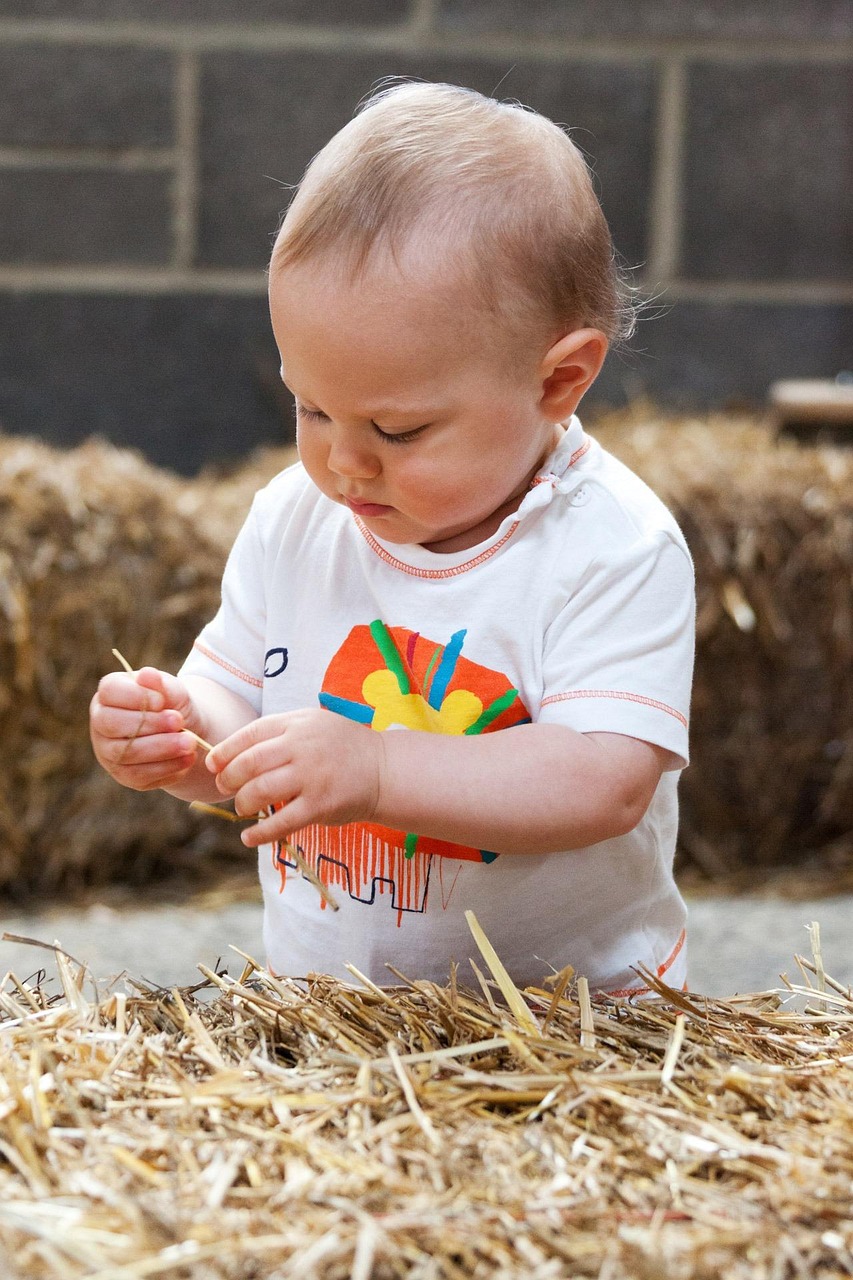If you’ve ever tried to grow a garden only to have your plants struggle or fail, you may not have considered one crucial factor—your plant hardiness zone. Understanding your USDA Hardiness Zone is essential for selecting the right plants for your climate, ensuring that they thrive in your region’s specific temperature conditions. Whether you’re a beginner gardener or an experienced grower, this guide will help you determine your plant hardiness zone and explain why it matters for successful gardening.
1. What Is a Plant Hardiness Zone?
A plant hardiness zone is a geographically defined area that indicates the average annual minimum winter temperature. The USDA Plant Hardiness Zone Map divides North America into 13 zones, each representing a 10-degree Fahrenheit temperature difference. The lower the zone number, the colder the climate, while higher zone numbers indicate warmer regions.
| Zone | Temperature Range (°F) |
|---|---|
| Zone 1 | Below -50°F |
| Zone 2 | -50°F to -40°F |
| Zone 3 | -40°F to -30°F |
| Zone 4 | -30°F to -20°F |
| Zone 5 | -20°F to -10°F |
| Zone 6 | -10°F to 0°F |
| Zone 7 | 0°F to 10°F |
| Zone 8 | 10°F to 20°F |
| Zone 9 | 20°F to 30°F |
| Zone 10 | 30°F to 40°F |
| Zone 11 | 40°F to 50°F |
| Zone 12 | 50°F to 60°F |
| Zone 13 | 60°F to 70°F |
2. Why Does Your Plant Hardiness Zone Matter?
Your hardiness zone helps determine which plants will survive winter temperatures and thrive year-round in your area.
Choosing the Right Plants
- Some plants, like lavender (Zone 5–9) and blueberries (Zone 3–8), can handle colder winters.
- Tropical plants, like banana trees (Zone 9–13), need warm climates and won’t survive frost.
Preventing Plant Loss
- Planting outside of your zone means plants are more likely to die in extreme cold or heat.
- Selecting zone-appropriate plants saves time and money on replacements.
Planning for Seasonal Gardening
- If you live in Zone 3 or 4, start seeds indoors for an early growing season.
- Warmer zones like Zone 9–11 allow for year-round gardening.
3. How to Find Your Plant Hardiness Zone
1. Use the USDA Zone Map
Visit the USDA Plant Hardiness Zone Map and enter your zip code to determine your exact zone.
2. Check Local Gardening Resources
Many garden centers and seed catalogs label plants with recommended zones, so check before buying.
3. Observe Your Local Climate
- If your area experiences frequent frost, stick to cold-hardy plants.
- If summers are extremely hot, look for heat-tolerant varieties.
4. Can You Grow Plants Outside Your Zone?
Yes, but with extra care:
🌱 Use Microclimates – Warmer spots in your yard (near walls or patios) can extend a plant’s growing range.
🏡 Container Gardening – Grow sensitive plants in pots and bring them indoors during winter.
🍂 Mulching & Protection – Insulating plants with mulch or row covers can protect them from extreme temperatures.
5. Popular Plants for Different Hardiness Zones
Here’s a quick reference for popular garden plants and their ideal zones:
Cold Hardy Plants (Zones 3–6)
✅ Hostas – Perennial shade-loving foliage.
✅ Rhubarb – Tolerates frost and thrives in cool climates.
✅ Spruce Trees – Resilient evergreens for landscaping.
Temperate Climate Plants (Zones 5–9)
✅ Tomatoes – Warm-weather vegetable requiring long growing seasons.
✅ Peonies – Beautiful, hardy flowering perennials.
✅ Apples – Cold-tolerant fruit trees needing winter chill.
Warm Climate Plants (Zones 9–13)
✅ Citrus Trees – Lemons, oranges, and limes thrive in frost-free areas.
✅ Bougainvillea – Drought-tolerant flowering vine.
✅ Avocado Trees – Grow well in tropical and subtropical zones.
6. Adjusting to Climate Changes
Climate shifts can affect plant hardiness zones, with some areas becoming warmer over time. Keep an eye on:
🔄 Updated USDA Maps – The USDA periodically updates the hardiness zones based on new temperature trends.
🌍 Drought & Rainfall Patterns – Changing precipitation affects plant success.
🛠 Adapting with Native Plants – Local species adjust naturally to climate shifts.
7. Final Tips for Gardening Success
✔ Know Your Zone – Choose plants that match your hardiness zone for better survival rates.
✔ Experiment with Microclimates – Observe which areas of your yard stay warmer or cooler.
✔ Plan for Seasonality – Adjust your planting schedule based on first and last frost dates.
✔ Protect Tender Plants – Use row covers, cold frames, or greenhouses for out-of-zone plants.
Conclusion
Understanding your plant hardiness zone is one of the most important steps in successful gardening. By selecting plants suited to your climate, you’ll increase your garden’s success, reduce plant loss, and enjoy a more productive growing season. Whether you’re planting a vegetable garden, flower beds, or fruit trees, knowing your zone helps you make smart, sustainable choices.
Call to Action
What zone do you live in? Have you tried growing plants outside your zone? Share your experiences in the comments below and subscribe for more gardening tips!




Leave a Reply